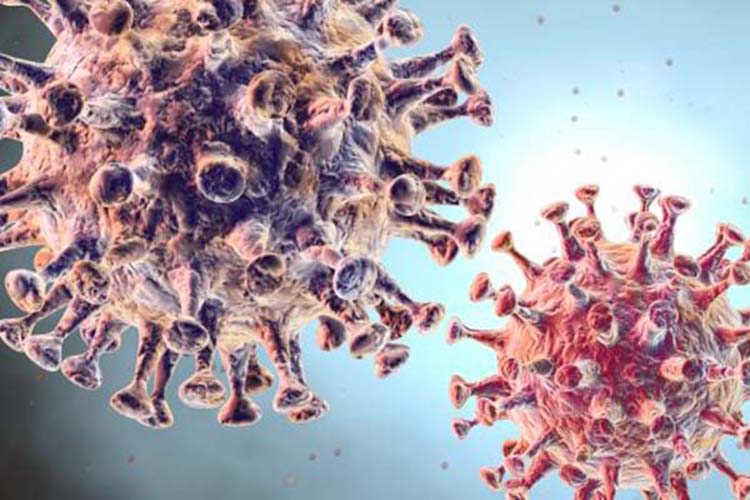This School Year Is Going to Be a Mess—Again. We have the tools to keep Delta in check, but schools have to actually use them.
By Sarah Zhang
The Atlantic
August 23, 2021
Since early summer, three pandemic clocks have been ticking. The first pertains to the coronavirus’s Delta variant, which has sent daily case numbers soaring more than tenfold since June. The second clock is more predictable: The school year starts, as it always does, in late August or early September. The third clock counts down to the authorization of vaccines for children under 12, which was optimistically supposed to come this fall. After the FDA pushed for a larger trial to collect more safety data in kids, it will likely take longer.
These three timelines have now managed to converge in the worst way possible: Just as Delta is climbing to a new peak, millions of children who still cannot be vaccinated are going to spend hours a day indoors at school. And many of them will do so without masks, thanks in part to mask-mandate bans in some of the same states that are currently experiencing the worst outbreaks. “Are you allowed to use swear words?” is how Sean O’Leary, a pediatrician at the University of Colorado, replied when I asked him how he felt going into the school year.
This fall was supposed to herald the return of in-person classes everywhere. After the virus brought the 2020 spring semester to an abrupt halt, schools fumbled through another year with a mix of in-person and virtual learning. Now Delta threatens to wreak havoc on a third school year.
The risk the coronavirus poses to an individual child is still very low—fewer than 1 percent of sick kids need ICU treatment—and with millions of the most vulnerable adults now vaccinated, the danger of kids bringing the virus home from schools is also much reduced from last year. But Delta will make for a bumpy school year even without very sick kids. Students who get infected or even just exposed at school will have to miss classes to isolate or quarantine for seven to 14 days at a time. And if cases truly get out of control, schools will have to shut down and return to remote learning. Parents will again have to scramble for last-minute child care.
The fewer mitigations a school has in place—masks, testing, ventilation, vaccination for students over 12—the more likely this is to happen. “Not using those measures is a surefire way to mean more kids have to be out of school and have interruptions due to quarantine and individual school closures,” says Jennifer Nuzzo, an epidemiologist at Johns Hopkins Bloomberg School of Public Health. At just one school district in Florida, a state that has banned mask mandates, 8,400 students were in quarantine or isolation after one week of school. In Alabama, some districts are already being forced back to virtual learning.
Parents had hoped that this school year would go smoothly—even somewhat normally. Last year’s experiences suggested that schools could indeed stay open with the right mitigations and low community spread. “The big takeaway was: With moderate efforts, we could pretty much control transmission pretty well,” says Alyssa Bilinski, a public-health researcher at Brown University who has modeled COVID-19 in schools. Cases dropped to an all-time national low in June, and things looked good—until Delta. Now schools have to deal with a more transmissible variant and more community transmission of the virus. This is “not how we were planning to go back to school,” Bilinski says. School districts, especially those bound by state laws banning mask mandates, have been slow to adapt to a steep rise in community transmission.
Delta does not require a complete overhaul of school mitigation strategies compared with last year. The same tools still work. “Delta may be more transmissible, but it can’t defy the laws of physics,” says Amanda Simanek, a public-health researcher at the University of Wisconsin at Milwaukee. “We have a good sense of how successful mitigations were with other variants that weren’t as transmissible. We’re going in not totally blind.” But with Delta, schools may have to add measures to reduce spread to the same level as before. “There’s no single intervention that’s the magic bullet, but a set of layered interventions can work together to stop COVID. I would say it’s still true for Delta. It’s just that you need more,” says Meagan Fitzpatrick, an infectious-disease modeler at the University of Maryland School of Medicine. For example, schools might layer on surveillance testing of students without symptoms—Baltimore has such a program, but it’s still rare in schools across the country. And vaccines for teachers and students over 12 are new tools that were unavailable last year. O’Leary told me he is “very optimistic, even with the Delta variant,” about schools that have mitigation measures in place.
